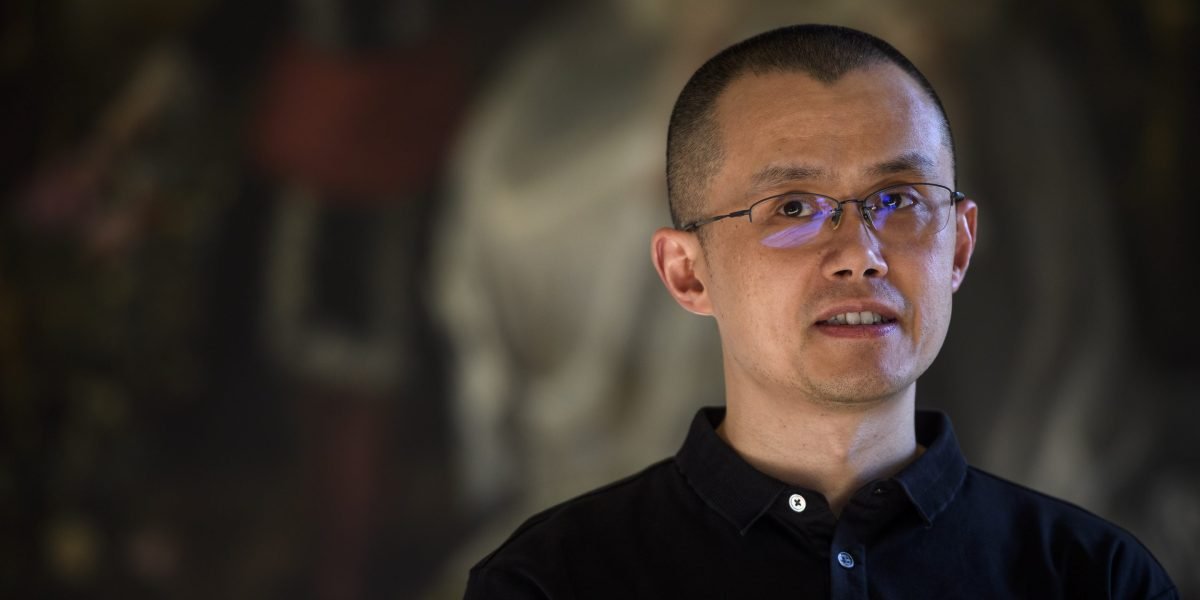A big reason is because six figures just doesn’t go as far as it used to, thanks to inflation and rising interest rates, among other factors outside an individual’s control. But another, according to Ramit Sethi, the author I Will Teach You to Be Rich and star of the Netflix series “How to Get Rich,” is very much within our control. The way we feel about money is “highly uncorrelated to the amount in the bank” because we’re focused on the wrong things.
“It’s counterintuitive to people. A lot of people believe, ‘if I just had $10,000 more, or when I finally have $150,000 in my bank account, then I will feel good about money,’” Sethi, who studied psychology at Stanford, tells Fortune. “Wrong! You won’t.”
In fact, many often feel worse after they reach those arbitrary milestones, he says, because they’re not happy with where the money is going. Instead of focusing on the number you’re earning, Sethi suggests working to actively improve your money psychology. Ask yourself the hard questions: What do you actually like to spend money on? Why? How can you be more intentional with where your money is going?
It’s shocking how many people have never considered those questions, he says. Instead, they often focus on checking off boxes prescribed by those around them.
Sethi has worked in the personal finance space for more than decade. In “How to Get Rich,” which debuted on Netflix earlier this year, he helps people around the country learn about their finances and themselves in order to live their best rich life. To Sethi, a “rich life” isn’t necessarily the one that earns the most money or is the most luxurious. It’s about prioritizing what matters most to each individual.
Courtesy of Netflix
Most personal finance advice in the U.S. is restrictive, based on guilt, Sethi says. It’s all about what you shouldn’t do. Call it the Starbucks latte approach: You could save up for a down payment if only you made your coffee at home, or, better yet, forewent all little luxuries. Sethi takes the opposite tact, which he calls the money dial approach: You turn the dial way up on the things you love, and try to dial back significantly on those you don’t.
“Americans love to feel bad, to feel guilty, to feel anxious,” he says. “Money should be fun, we should have a healthy relationship with money.”
That takes a big perspective shift from how we normally view our finances. When he asks most people what their ideal rich life looks like, “90% say ‘I want to do what I want when I want.’” But pressed to describe what that actually looks like, they falter, he says. Or they say they want to travel, but not necessarily on a private jet. They want to eat out more, but it doesn’t have to be at expensive restaurants.
“We tend to minimize what we want,” Sethi says. “But I’m not asking what you don’t need. I’m asking what you want. What do you love spending money on?”
One of Sethi’s most controversial opinions is that buying a home isn’t right for everyone; home ownership isn’t a component of every single person’s rich life. On its face, it’s unequivocally a true statement. Though owning a home can help many build wealth, it can also be disastrous for some others’ financial well-being.
But because the dream is so engrained in American culture, Sethi is often labeled a “secret landlord” for telling people to run the numbers before they buy (implying he profits off of people remaining renters). But it’s just one way he encourages people to be more thoughtful and intentional about what they want out of life. If you’re making six figures but you’re barely able to pay your mortgage each month, of course you aren’t going to be happy.
“Americans are really good at making decisions they think will make them happy but make them deeply unhappy,” like moving to the suburbs to “take on insurmountable amounts of debt to own a home,” he says. “You know we don’t have to do that? You can choose what your rich life looks like.”





